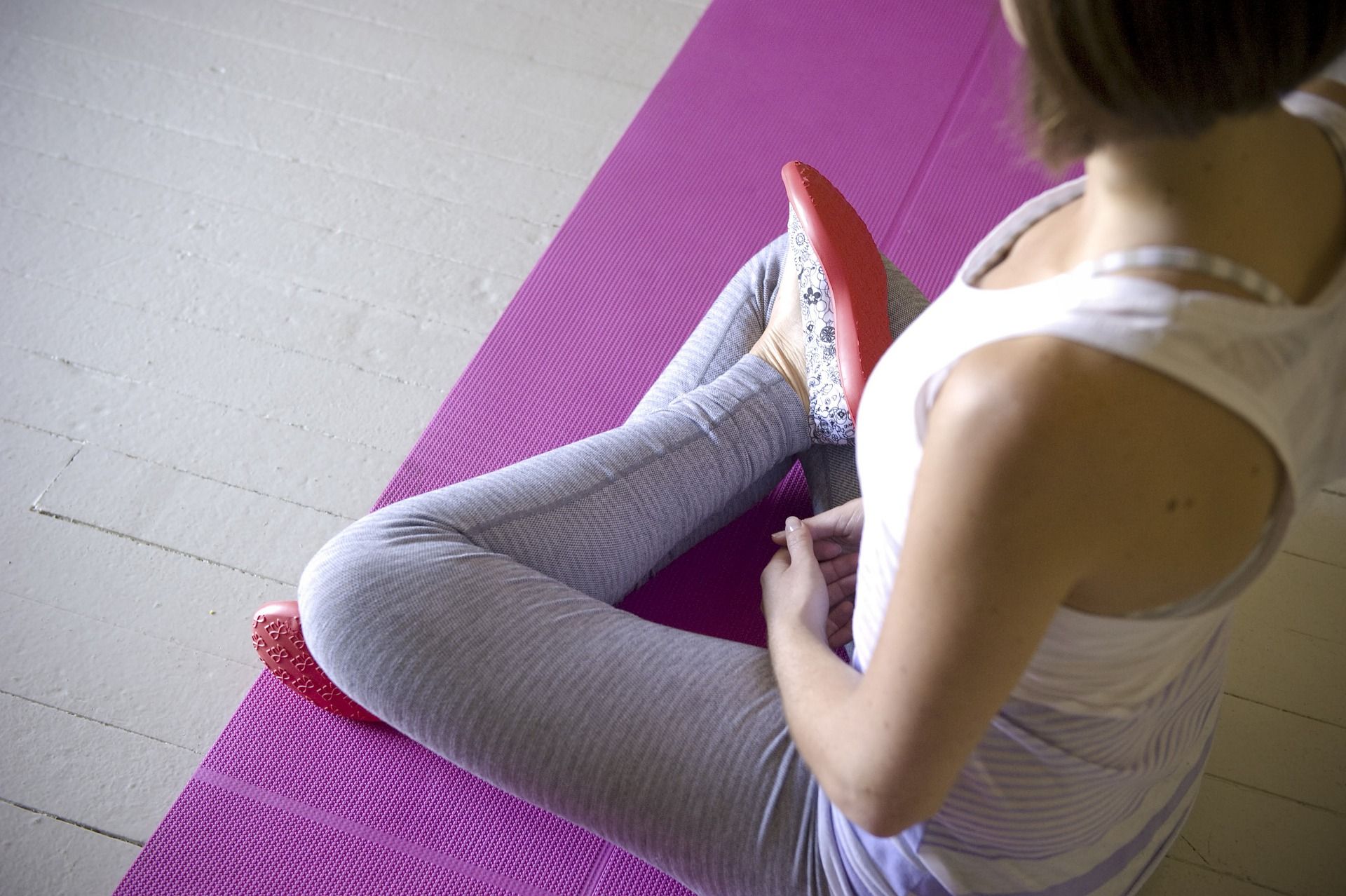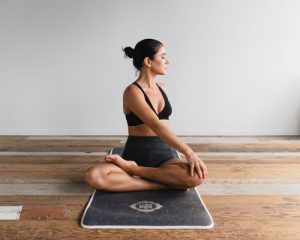Having the right yoga mat can make a world of a difference in your exercise routine, whether you’re a complete beginner or a seasoned pro. With so many mats available in the market, it might be difficult to decide the best option.
While a large proportion of yoga mats are suitable for every type of yoga, knowing the distinctions can help you choose the right mat for you.
This International Yoga Day, use this guide to help you select a yoga mat that will make you happy. Are you ready to unroll?
Also Read | Does laughter yoga reduce blood sugar levels?
Thickness
Thicker yoga mats are said to last longer than those that are thin. The thickness of its material is generally measured in millimetres (mm). Certain positions will be difficult to do if the mat is too thin.
When it comes to durability and comfort, thick mats are favoured. Depending on how intense your workout is, you can select a mat with a thickness of 8-12 mm. The thickness of a good durable mat should be at least 10mm. Mats with a thickness of 10mm or more are usually adequate for all types of yoga and exercise.
Size
The correct size yoga mat is determined by two factors: first, your height, and second, the amount of cushioning you require. Yoga mats are usually 6 X 2 feet in size. If you have broad shoulders, though, you’ll need a 7 feet X 2.5 feet mat. Hence you should select a mat that is appropriate for your body type.
Also Read | Yoga poses for happy and healthy mothers-to-be
Workout intensity
When you work out at a medium level, choosing a high-quality mat allows you to utilise it for an extended period. If you’re performing vigorous or intensive yoga or power yoga, you’ll need a lot of grip and stability. For added comfort, use a generously padded mat. When you’re a novice, grip and thickness are crucial since there’s a good chance you’ll fall while doing asanas.
Composition of the mat
The mat’s quality is determined by the material it is made of. Even when it’s wet, a good mat maintains its hold. This is related to the high-quality Ethylene- Vinyl Acetate (EVA) utilised in the mat’s composition.
Unlike other mats on the market, mats manufactured of a good grade of EVA (grade is a term that refers to the material’s purity) are recyclable, which has a beneficial environmental impact.
Also Read | 5 yoga poses for balancing hormones
Once you’ve decided on the thickness and size that’s right for you, think about the extra features some yoga mats include, such as handles for easier carrying or a non-skid texture to prevent slipping. You’ll also want a mat that’s moisture-resistant for simple cleaning, or you could choose a waterproof mat for a more enjoyable workout.
Take all you’ve learned with us about yoga mats to find your perfect fit!







